Did you know that you might be missing out on a free tablet courtesy of your own government? It's a little-known secret more people need to discover.
In today's digital age, having access to a tablet can make all the difference, especially with many services moving online. Uncovering how you could get one without spending a dime is crucial now more than ever.
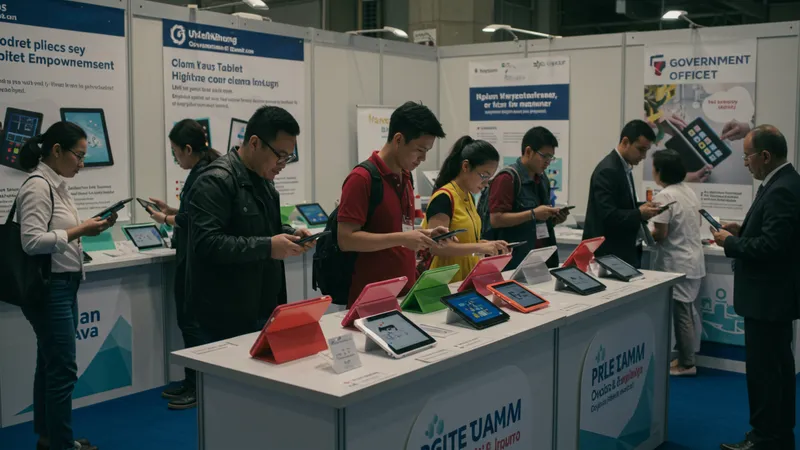
Here’s something that will surprise you: various government initiatives provide tablets for free to certain individuals. These programs are designed to bridge the digital divide and empower people from all walks of life. From students to seniors, there are programs tailored to suit different needs, which surprisingly remain underutilized. But that’s not even the wildest part…
Imagine walking into a library without a book or starting a new job without the required tools. Life without a tablet in today's fast-paced digital era feels just like that! Beyond social media and streaming, tablets have become essential for education, telemedicine, and even earning potential. While new models can cost upwards of $200, these schemes offer specific income groups a lifeline to modern technology. But the real shocker is still ahead…
Discover how you can tap into these rewarding programs that could change your digital access forever. What happens next shocked even the experts…
Most people remain blissfully unaware of the government's efforts to provide free tablets. These programs cater to varied demographics, focusing on low-income families and students. Additionally, some initiatives expand into remote areas to help those with limited technological accessibility. The broader intention is to ensure that more people can access digital platforms without financial strain. Yet, many eligible individuals are unaware of such opportunities.
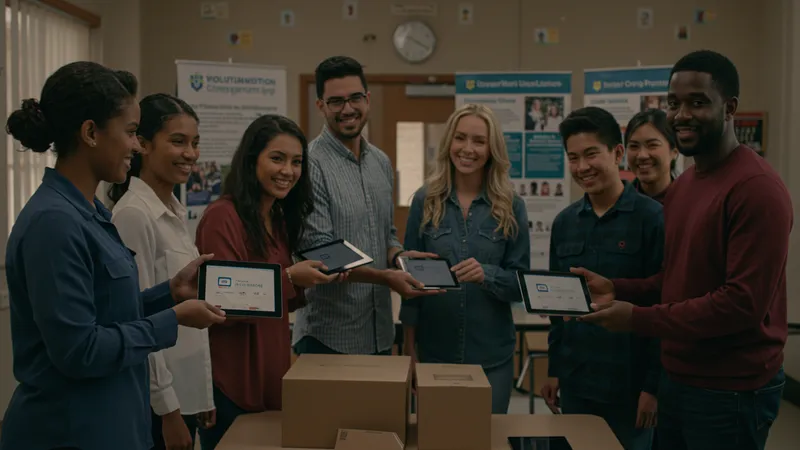
Statistics reveal a surge in digital device distribution across states utilizing these schemes. Some programs even report distributing thousands of tablets within a few months, yet the uptake is less than impressive. Experts suggest bureaucracy and complex applications hinder participation. One strategy to overcome this is simply being informed and proactive in seeking out these schemes. But there's more you need to know…
Interestingly, in an attempt to simplify processes, several applications are transitioning online. This shift is designed to streamline eligibility checks and approval, making it easier for users to access. While this sounds promising, it comes with its own set of challenges, particularly reaching those with no initial access to digital devices. The paradox lies in promoting these schemes digitally to an offline audience. How can governments tackle this contradiction? There's one angle many aren't considering…
Here's where grassroots campaigns can make a significant impact. Leveraging community centers and local advocacy groups to raise awareness about these resources can spur greater participation. Successful campaigns in certain regions have proven the efficacy of word-of-mouth and community involvement. What you read next might change how you view these efforts entirely.
Typically, eligibility revolves around income levels and socio-economic status, with priority given to low-income households, students, and seniors. Some programs might require proving residency or uploading identification documents. This might seem daunting, but often, community workers are available to assist applicants. Understanding these criteria is essential to navigate the system successfully.
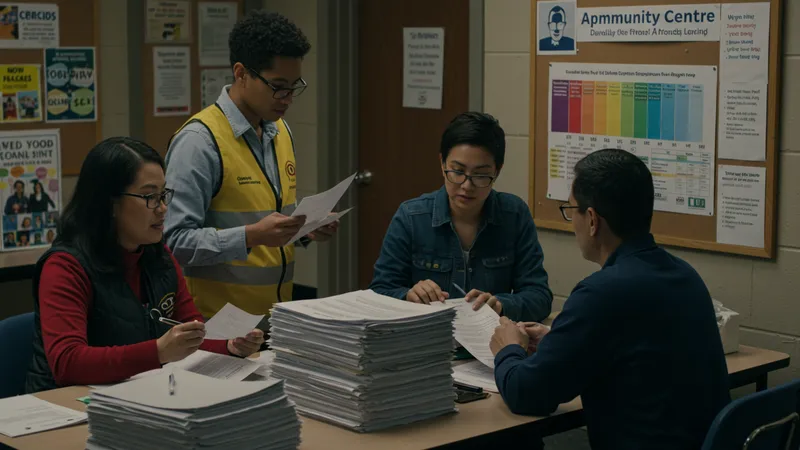
Surveys indicate that many individuals assume they would not qualify and thus never apply. Yet, the thresholds are often more inclusive than perceived, offering a broader range of eligibility. This misconception is a significant barrier to widespread success. People need to be educated on what these criteria truly entail to drive up engagement.
Demystifying the application process is also crucial. Applications, via either paper or online forms, typically require similar information: proof of identity, income documents, and sometimes a narrative describing the necessity of the tablet. Increasingly, modes to fill out these applications are expanding to include mobile platforms, making the process more accessible than ever.
However, the worry surrounding data privacy can deter even the most eligible candidates. Establishing trust through transparent practices and clear communication strategies is vital. Successful programs have shown that building confidence in these processes can lead to a significant uptake. But what if there’s a faster way to tackle these issues? One might consider an innovative approach…
Educational institutions often partner with governmental bodies to distribute tablets, especially to students. Schools serve as pivotal points for disseminating information and resources, acting as liaisons between the government and the public. Such collaborations can significantly boost the success rates of these programs.

However, the reach of schools is typically limited to those already enrolled. This focus can leave non-students and outliers in the community without access to critical information. Broadening the scope beyond the school environment is crucial for maximizing program success.
Community-wide digital literacy programs can bolster awareness and applications, ensuring that information about available resources reaches broader audiences. By increasing digital skills, more individuals will be capable of utilizing government programs to their fullest potential. Schools can help pilot these initiatives, leading the charge in community education.
There's considerable potential in harnessing alumni networks to propel these efforts. Graduates can serve as digital mentors, guiding newcomers through the process and ensuring no one falls through the cracks. What schools achieve with a bit of creativity and ingenuity might surprise you…
Businesses are increasingly stepping up to contribute to government-led initiatives. Tech companies, in particular, recognize the value of offering robust devices under special arrangements. These collaborations could offset costs for both governments and taxpayers, creating win-win scenarios.

Beyond tablets, companies are exploring provision of software tools and internet access packages, crucial components for making the device usable. Such offers can transform a simple tablet into a truly inclusive digital package, inviting many to partake in digital society fully.
The approach to these partnerships varies, with some businesses offering ongoing support, while others focus on one-time donations. The expanding network of collaborations highlights a shift in corporate strategies, where social impact increasingly aligns with business goals.
The most interesting part? Forward-thinking companies are shaping digital access more than they outwardly broadcast. While the facade is often tech-focused, the real transformation lies in community upliftment and empowerment. But did you know the extent of their contributions goes largely unreported? Let’s delve into why this might be the case…
Free tablets are more than just digital devices; they are powerful socioeconomic levers. Studies indicate that tablets significantly bolster academic performance among students from disadvantaged backgrounds, reducing dropout rates and improving grades.
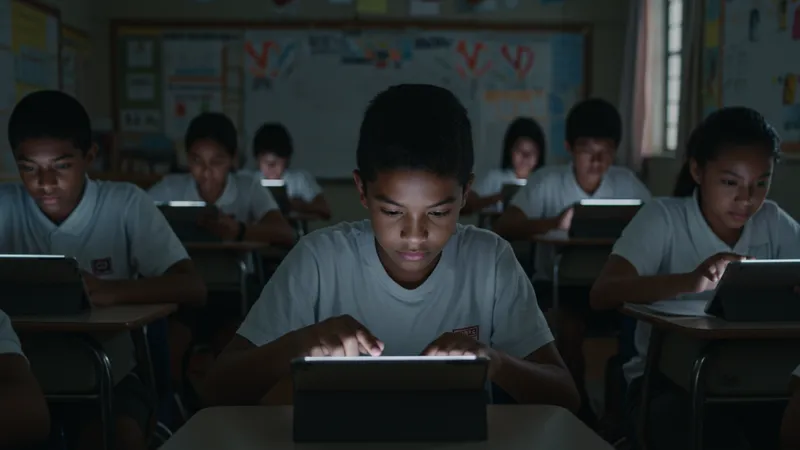
The ripple effect extends into job sectors, where digital proficiency is increasingly required. These devices level the playing field, providing essential skills and fostering growth in areas that were previously digital deserts.
Implementing these initiatives often involves cross-sector collaborations, involving educational bodies, tech companies, and governments. This multifaceted approach addresses various pillars of socioeconomic barriers, ensuring a holistic upliftment.
The unseen benefits include increased civic engagement and informed citizenship. Instead of mere consumers of content, individuals transform into proactive participants in digital economies. These implications bring us unexpected optimism for the future.
While many countries offer similar schemes, the execution varies starkly. Analyzing global models against domestic initiatives reveals strengths and weaknesses in local practices. What stands out is the range of strategies, each tailored by its unique cultural and economic contexts.

Countries like Singapore and South Korea are leagues ahead with high penetration rates and universal digital access. Their successful frameworks are often cited in policy-making circles, advocating for adaptable systems elsewhere.
Yet, local relevance is key. What works in one country may not necessarily translate seamlessly elsewhere. Policy improvisations catering to cultural sensibilities prove critical in the effectiveness of these programs.
Interestingly, regional nuances often create unexpectedly effective adaptations. These local innovations can offer insightful perspectives, potentially redefining digital literacy across the globe…
Despite the laudable goals, these programs face criticisms ranging from bureaucratic red-tape to inefficient implementations. Reports often spotlight late distributions, outdated technology, or misinformed criteria applicants must navigate.

Such bureaucratic hurdles can deter potential beneficiaries who might feel restricted by complicated processes. Streamlining these areas remains a challenge yet imperative for reaching broader demographics.
The quality of technology provided is also a concern. Older models unable to support current software can misalign efforts, failing to equip users adequately for the digital sphere.
Understanding these criticisms leads to an opportunity for reform, ensuring programs adapt and evolve. Efficiencies gained from tackling these weaknesses could redefine their societal impact. But how are these issues being addressed elsewhere? Let’s uncover exceptional instances of creativity…
Countries with successful schemes provide a roadmap for others aiming to enhance or initiate similar programs. From personalized learning platforms to community-driven software development courses, case studies present an illuminating blueprint.
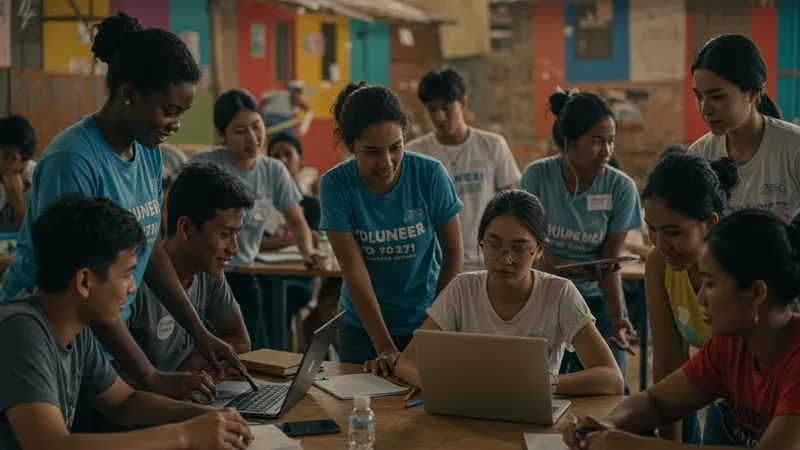
One notable example is a national initiative incentivizing volunteering for digital literacy programs. Volunteers receive monetary benefits while accruing unique teaching experiences.
Highlighting strides in technology and education, these case studies often reveal a shared emphasis on community involvement. They underscore the effectiveness of weaving cultural comprehension into program design.
What parts of these initiatives could be integrated into existing frameworks? Our exploration into these studies delivers enlightening findings. Stay tuned until the concluding segments provide a surprising twist…
The relentless march toward digital equity is promising, yet inevitably filled with hurdles. Observing the trajectory of free tablet programs, it becomes apparent that technology is evolving rapidly, stretching resource capabilities.
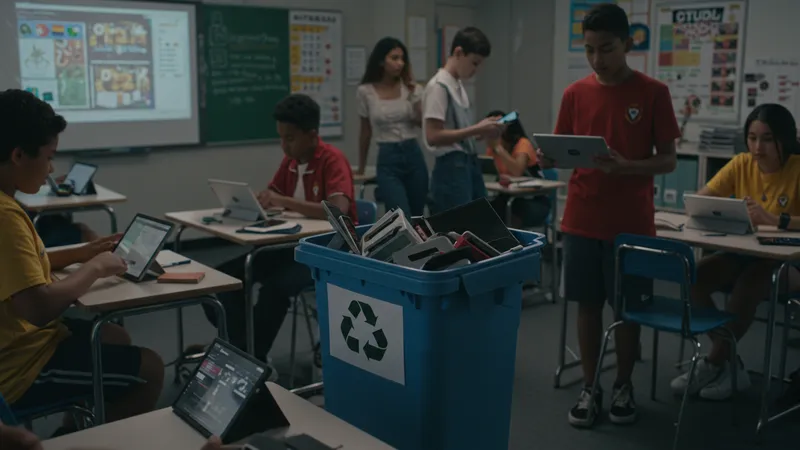
Sustainable approaches like device recycling and buy-back programs are starting to gain traction. These methods offer a practical solution to the challenges of obsolescence, ensuring electronic waste is repurposed.
Additionally, as AI and machine learning advance, they can provide enhancing functionalities for these devices. Aided by advanced features, tablets morph into intelligent companions fostering education and growth.
These developments catapult expectations for future governmental schemes, redefining the very fabric of digital inclusion policies. Will the next wave of innovation address connectivity disparities or present novel challenges? Only time will tell.
Advocacy groups stand at the forefront of driving these initiatives to the public eye. Through their efforts, awareness spreads, and individuals are educated about their eligibility for free tablet programs.
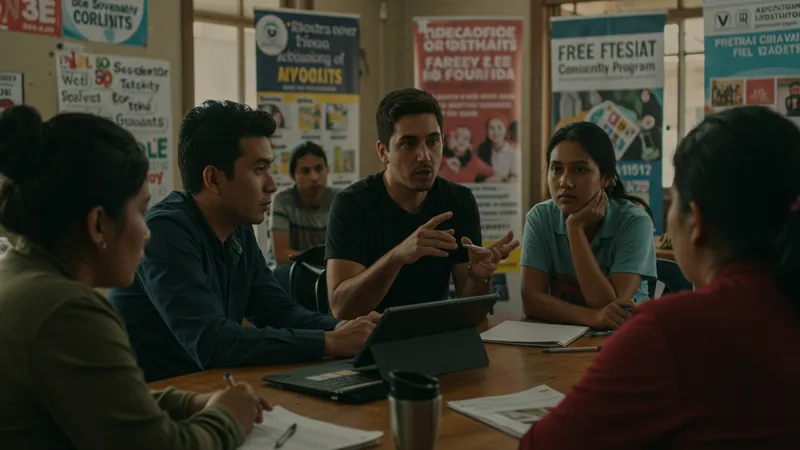
These groups work tirelessly to craft campaigns, ensuring marginalized communities are not left in the dark about available resources. Their voices urge policymakers to streamline processes, making it easier for all eligible individuals to apply.
In facilitating workshops and community gatherings, advocacy groups tap into grassroots levels. Their goal is to demystify complex procedures while nurturing a sense of empowerment among applicants.
Without these groups, many would remain unaware of vital government resources. How their persistent efforts and creative strategies triumph against the odds is something our concluding narrative will reveal…
Looking ahead, the evolution of government schemes providing free tablets could see significant transformations. As technology advances, so should policies adapt to meet future needs efficiently.

Policies emphasizing adaptability and nimbleness prove essential, anticipating the rapidly changing tech landscape. Programs must stay ahead of the curve to ensure relevance amidst burgeoning demands.
A more inclusive policy, taking into account marginalized sectors' needs, would likely see greater participation and success. The synergy with private-sector support can foster more sustainable developments.
What transformative measures could be enacted to bolster these programs? As we wrap up, our final segment casts an even more illuminating perspective…
Amid statistics and governments' strategic efforts, it's essential to hear from those whose lives have been impacted directly. Real stories illustrate the human element of these programs, highlighting personal transformations that have occurred.

Take, for example, a student who received a free tablet through a designated initiative. Before its provision, accessing online classes posed significant challenges. With the device, educational barriers diminished, opening a world of knowledge and opportunities.
Similarly, a single mother utilized her newfound digital resources to gain vocational skills. This led to her employment and economic independence, demonstrating the life-altering influence of access to technology.
Such stories resonate, underscoring the profound impact government assistance can have. Ready to be inspired by these moving narratives? Our concluding thoughts will tie these elements together in an emotional, gratifying finale…
Free tablet programs under government schemes symbolize hope for a digitally inclusive future. This commitment bridges gaps, allowing more individuals to connect and contribute substantially.
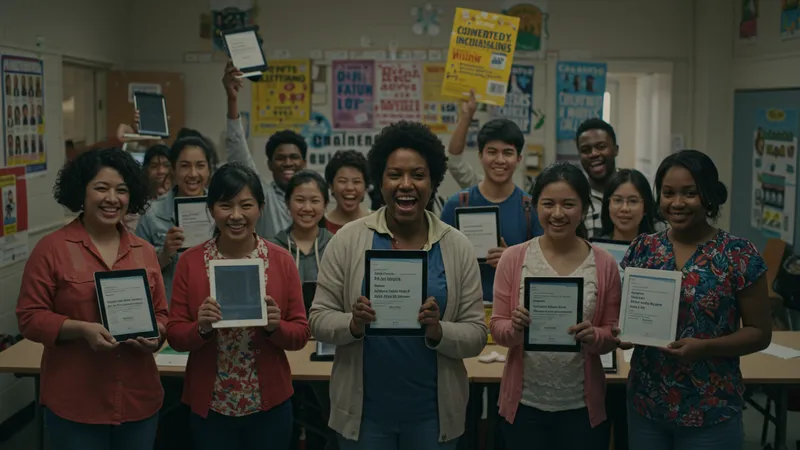
Emphasizing a synergy between technology, policy, and community can foster remarkable progress, ensuring no one is left behind in the digital age. As awareness grows, it's vital for individuals to seize such opportunities and drive collective change.
The success of these efforts depends on transparency, participation, and relentless advocacy. Ensuring sustainable and equitable access to technology remains pivotal for transformative societal shifts.
What bold steps can you, as an informed citizen, take to support these movements? Share this article with others who might benefit and continue the conversation about technology inclusivity.